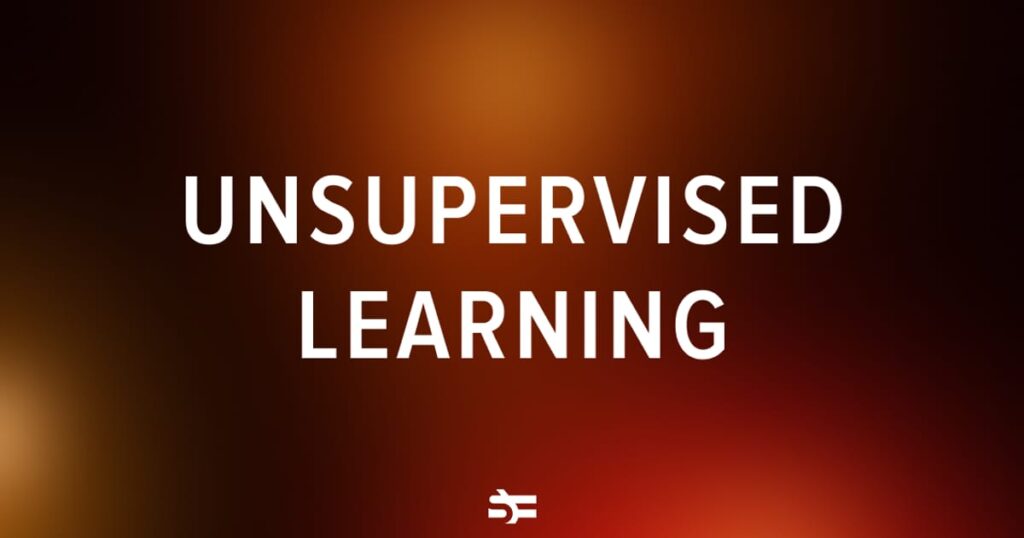Unsupervised learning is a type of machine learning that relies less on human guidance and intervention and more on analyzing raw data and extracting patterns from it. Thanks to unsupervised machine learning, we have powerful ML applications such as generative AI systems, search engines, and recommendation systems.
This article will cover how unsupervised learning works and the techniques you can use to build your own ML model.
Unsupervised learning is when the algorithm is presented with unlabeled data and tasked with finding hidden patterns, relationships, or structures within that data. The algorithm explores the data without explicit guidance, making it valuable for large and unstructured datasets or situations where the expected insights are unknown.
Training in unsupervised learning involves adjusting model parameters iteratively until it captures the underlying data structure. Evaluation can be challenging without predefined labels, leading to the use of semi-supervised learning to improve accuracy.
Unsupervised learning techniques include clustering, association rule learning, and dimensionality reduction. Clustering groups similar data points based on characteristics, while association rule learning discovers patterns in datasets. Dimensionality reduction reduces the number of features in a dataset for easier analysis and visualization.
Overall, unsupervised learning is widely used in various domains and can be a crucial step in preparing data for further analysis or supervised learning tasks. Principal component analysis (PCA) is a technique that identifies a set of orthogonal axes (principal components) along which data exhibits the maximum variance. By transforming the original features into a new set of uncorrelated features, PCA ranks them based on the variance they capture. This method finds applications in facial recognition and genomic data analysis.
t-Distributed stochastic neighbor embedding (t-SNE) maps high-dimensional data to a lower-dimensional space while preserving pairwise similarities between data points. By minimizing the divergence between probability distributions representing these similarities in both original and lower-dimensional spaces, t-SNE is useful for visualizing high-dimensional data and in drug discovery.
Autoencoders learn a compressed, lower-dimensional representation of input data by encoding and decoding it through a neural network architecture. Consisting of an encoder and decoder, autoencoders are beneficial for anomaly detection in time series data and image denoising.
Linear discriminant analysis (LDA) finds linear combinations of features that maximize separation between classes in a supervised context. By considering within-class scatter and between-class scatter, LDA identifies discriminative axes in a lower-dimensional space, making it useful for feature extraction in classification tasks.
Isomap (Isometric Mapping) preserves geodesic distances between all pairs of data points in a lower-dimensional space. By constructing a graph representing neighborhood relationships between data points, Isomap is particularly useful for non-linear dimensionality reduction and capturing intrinsic data geometry.
Applications of unsupervised learning span various industries, including customer segmentation, anomaly detection, market basket analysis, image and video compression, topic modeling in text data, genomic data analysis, fraud detection, neuroscience research, and recommendation systems.
Unsupervised learning offers a wide range of possibilities for machine learning applications, enabling machines to understand and interpret complex data landscapes without explicit guidance. As technology advances, we can expect to see even more innovative applications of unsupervised learning techniques in the future. Please rewrite this sentence.


